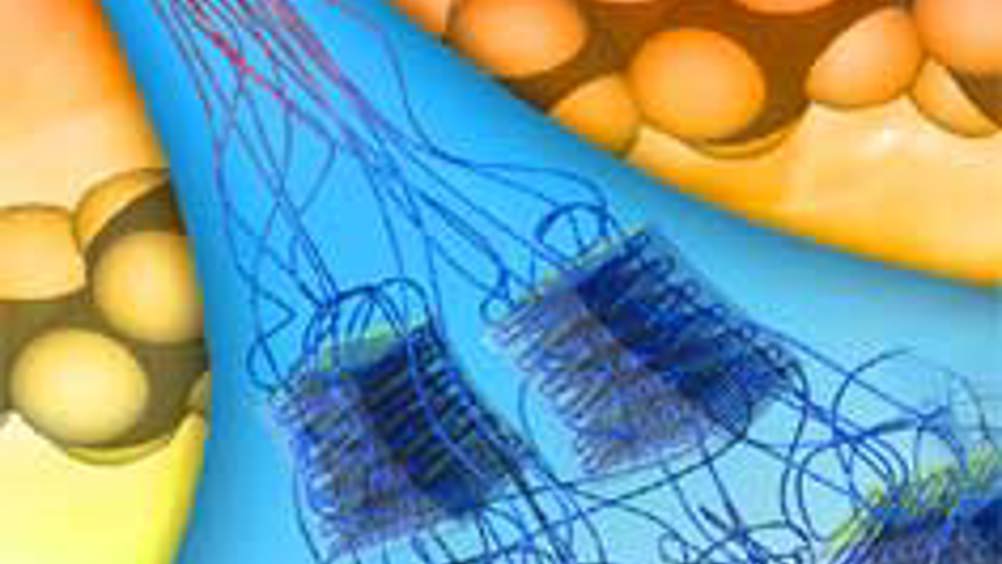Widely used polymer conducts heat
Most polymers - materials made of long, chain-like molecules - are very good insulators for both heat and electricity.

But an MIT team has now found a way to transform the most widely used polymer, polyethylene, into a material that conducts heat just as well as most metals, yet remains an electrical insulator.
The process causes the polymer to conduct heat very efficiently in just one direction - unlike metals, which conduct equally well in all directions. This may make the new material especially useful for applications where it is important to draw heat away from an object, such as microprocessor.
The key to the transformation was getting all the polymer molecules to line up the same way, rather than forming a chaotic tangled mass, as they normally do. The team did that by slowly drawing a polyethylene fibre out of a solution using the finely controllable cantilever of an atomic-force microscope, which they also used to measure the properties of the resulting fibre.
This fibre was about 300 times more thermally conductive than normal polyethylene along the direction of the individual fibres, said the team’s leader, Gang Chen, the Carl Richard Soderberg professor of Power Engineering and director of MIT’s Pappalardo Micro and Nano Engineering Laboratories.
Register now to continue reading
Thanks for visiting The Engineer. You’ve now reached your monthly limit of news stories. Register for free to unlock unlimited access to all of our news coverage, as well as premium content including opinion, in-depth features and special reports.
Benefits of registering
-
In-depth insights and coverage of key emerging trends
-
Unrestricted access to special reports throughout the year
-
Daily technology news delivered straight to your inbox










Water Sector Talent Exodus Could Cripple The Sector
Well let´s do a little experiment. My last (10.4.25) half-yearly water/waste water bill from Severn Trent was £98.29. How much does not-for-profit Dŵr...